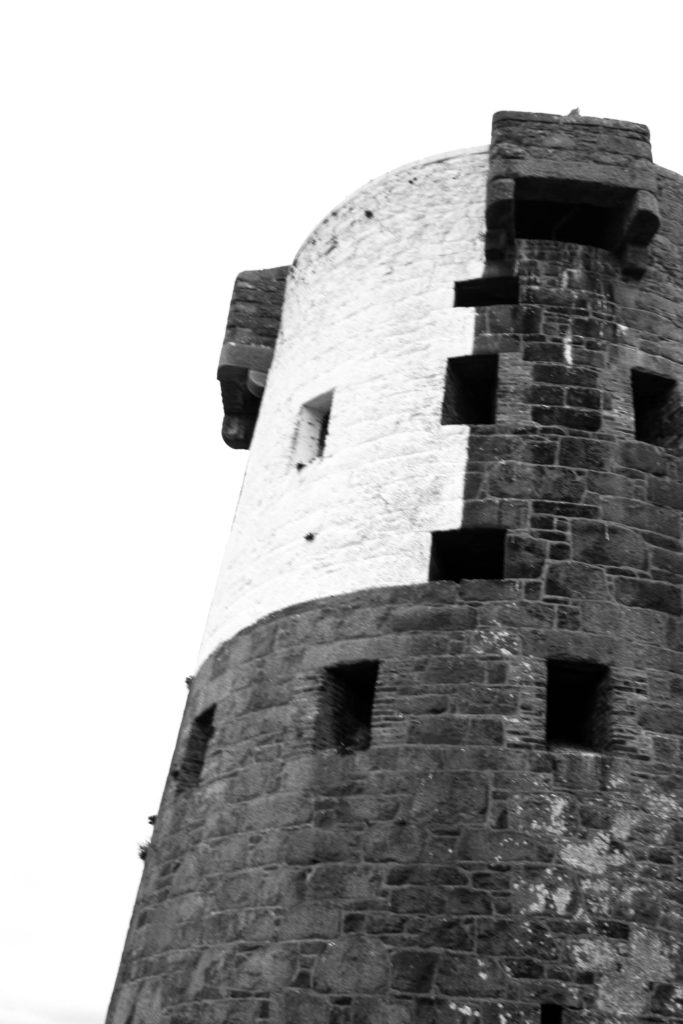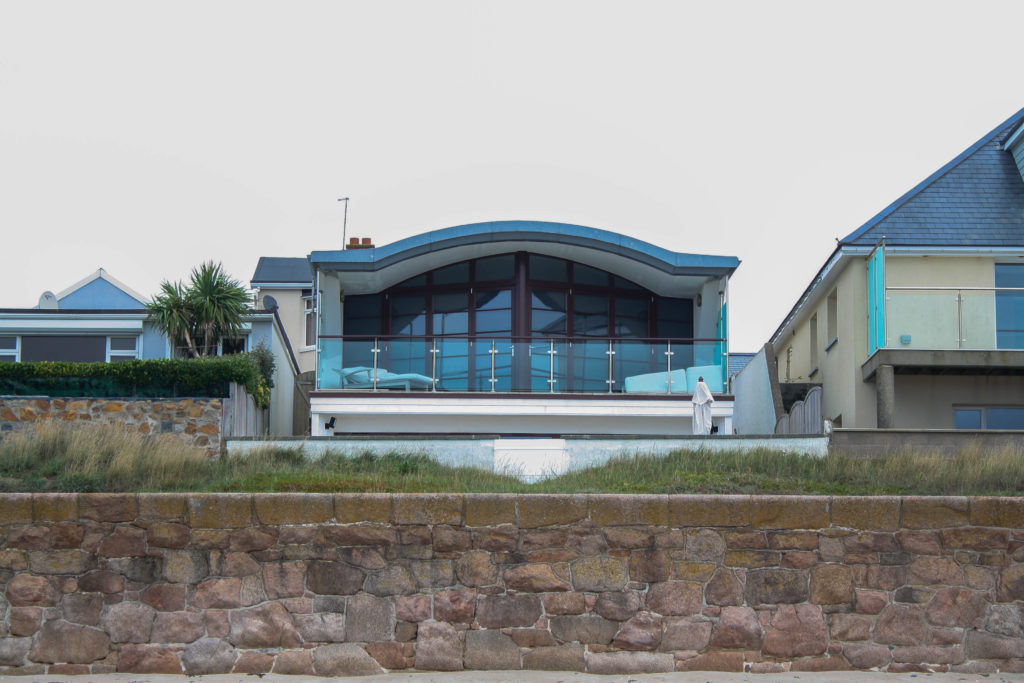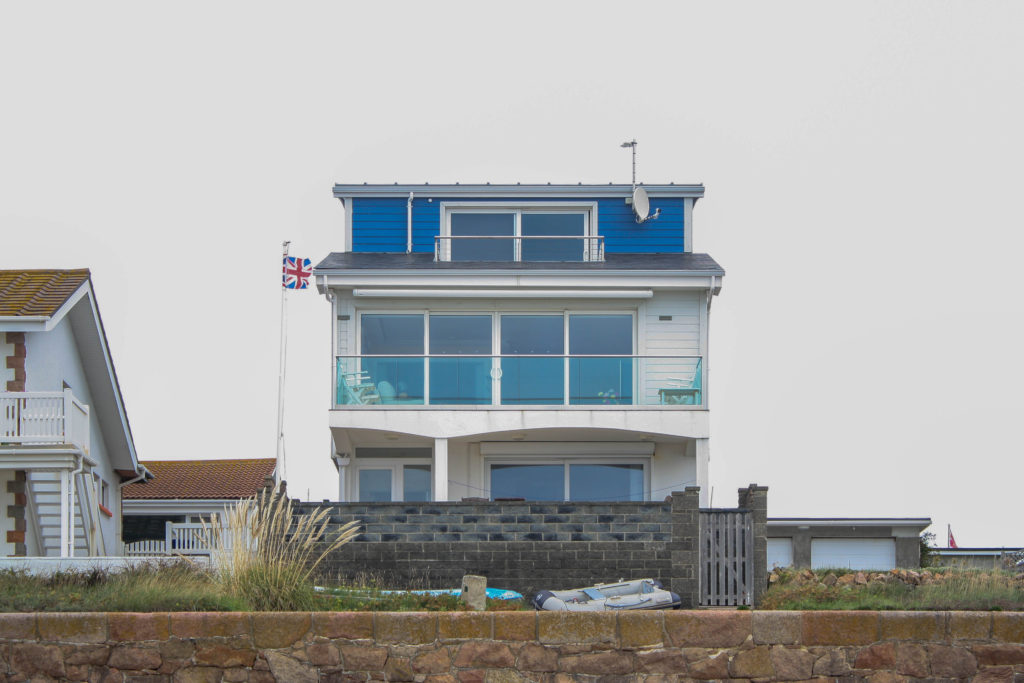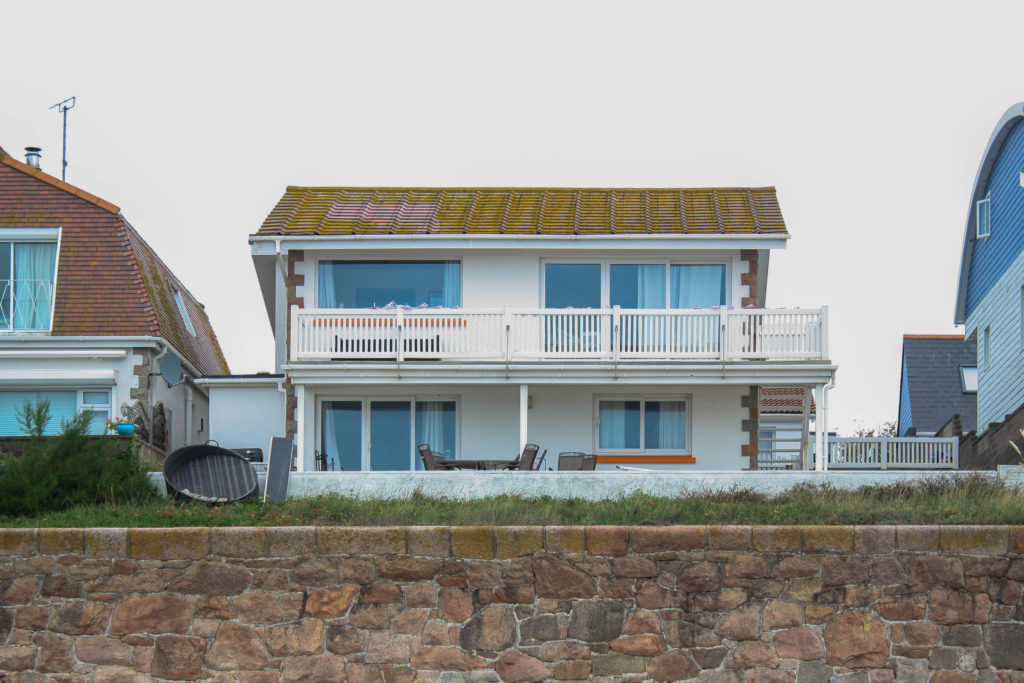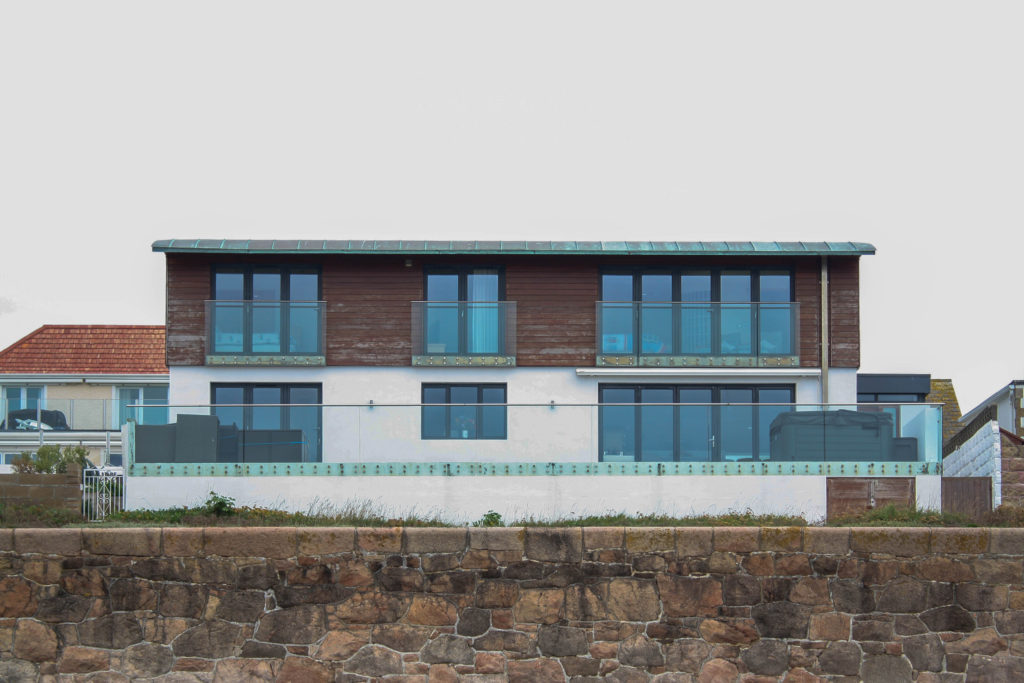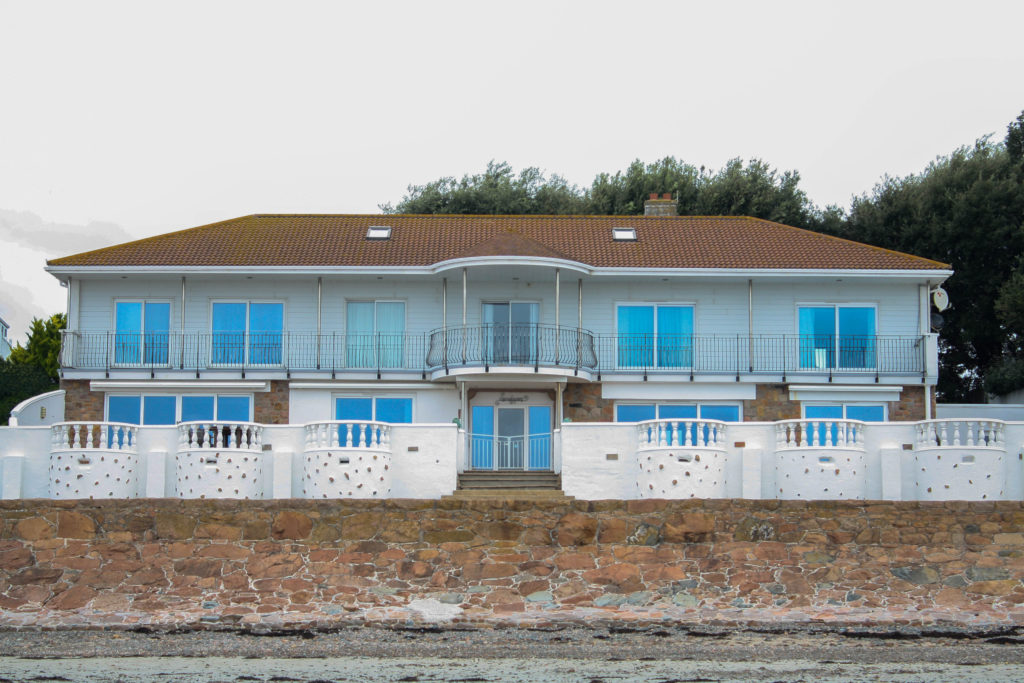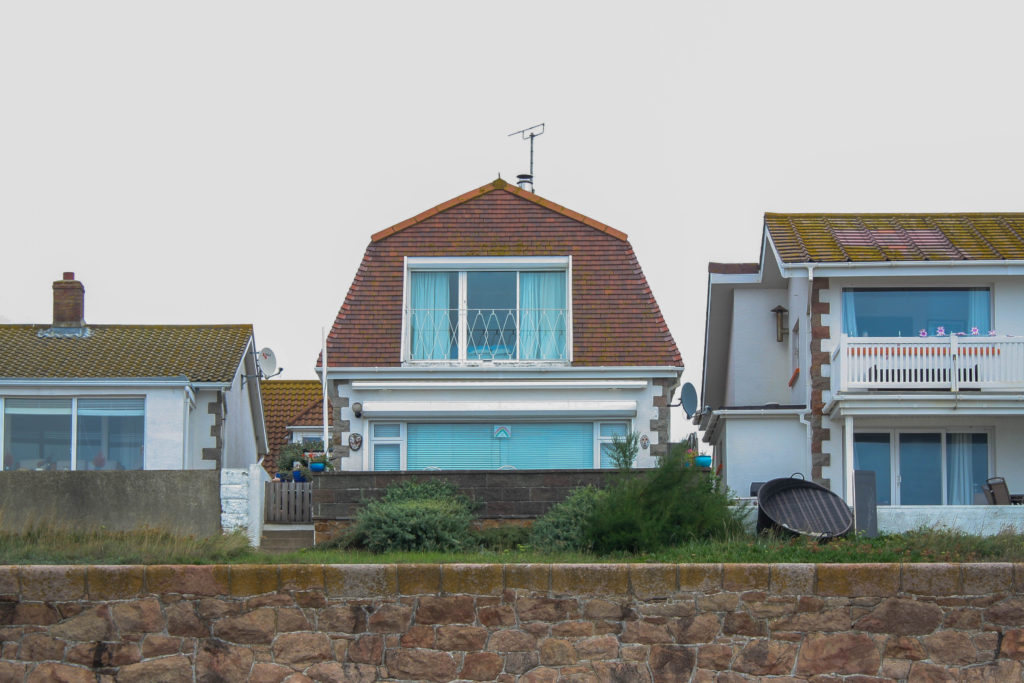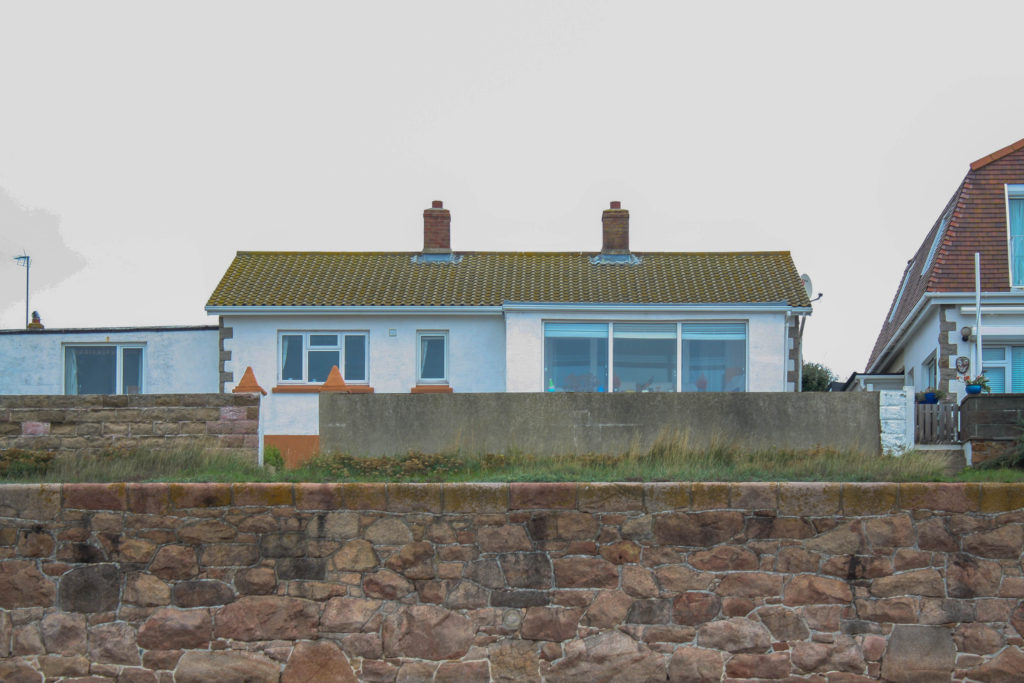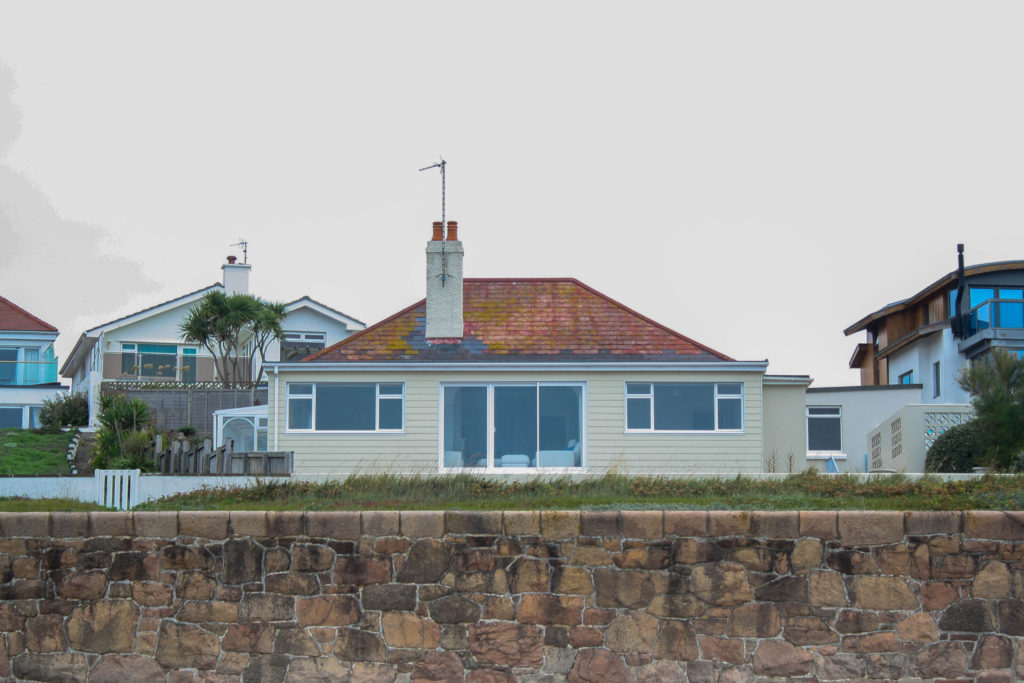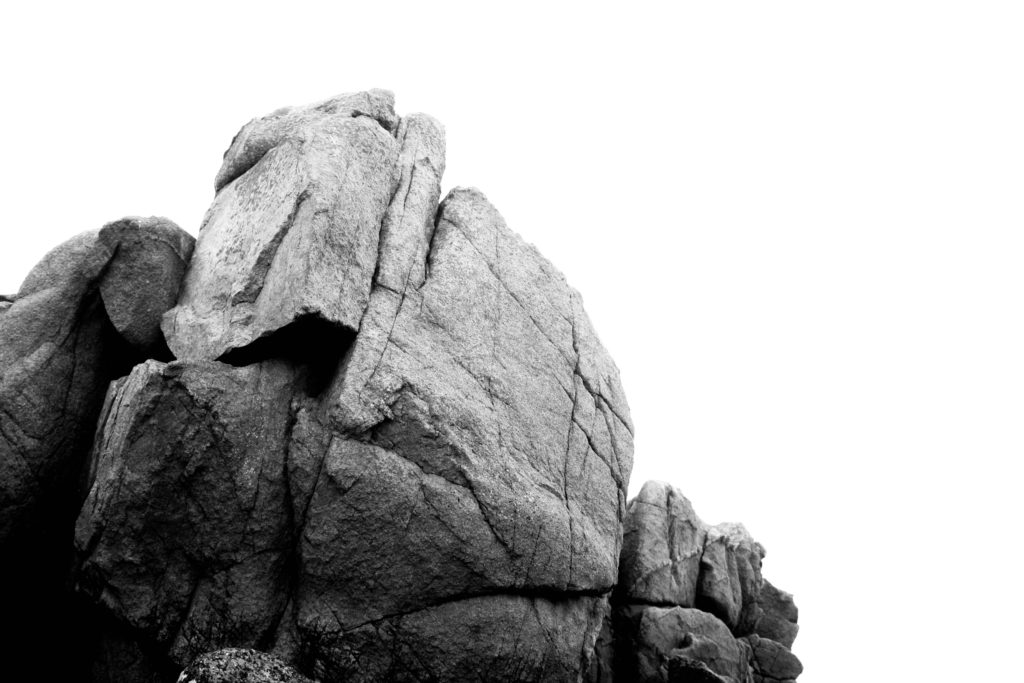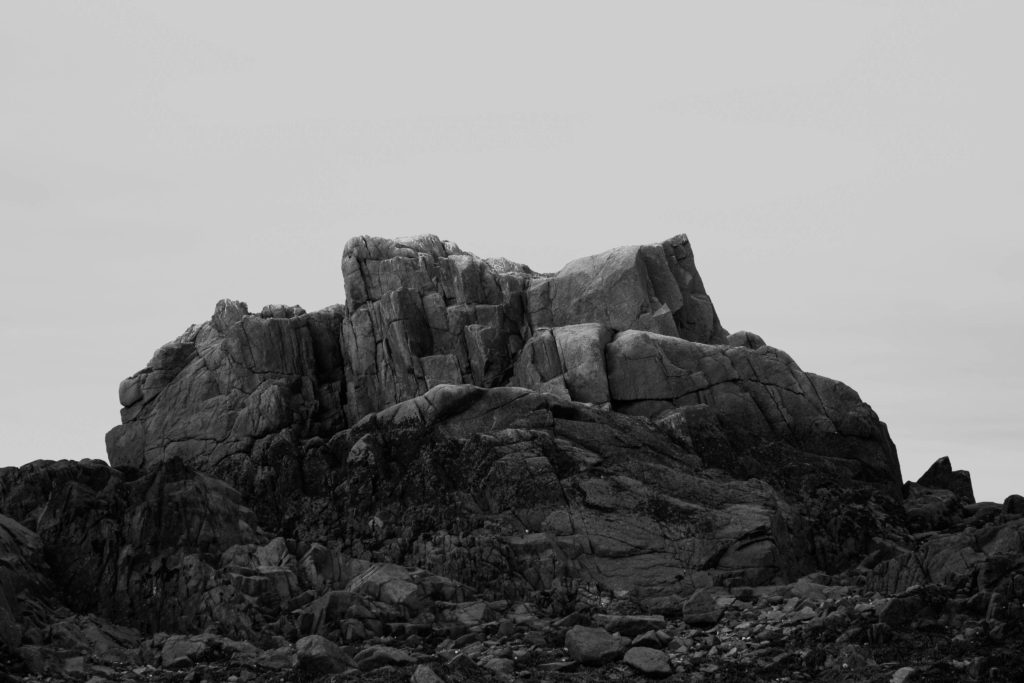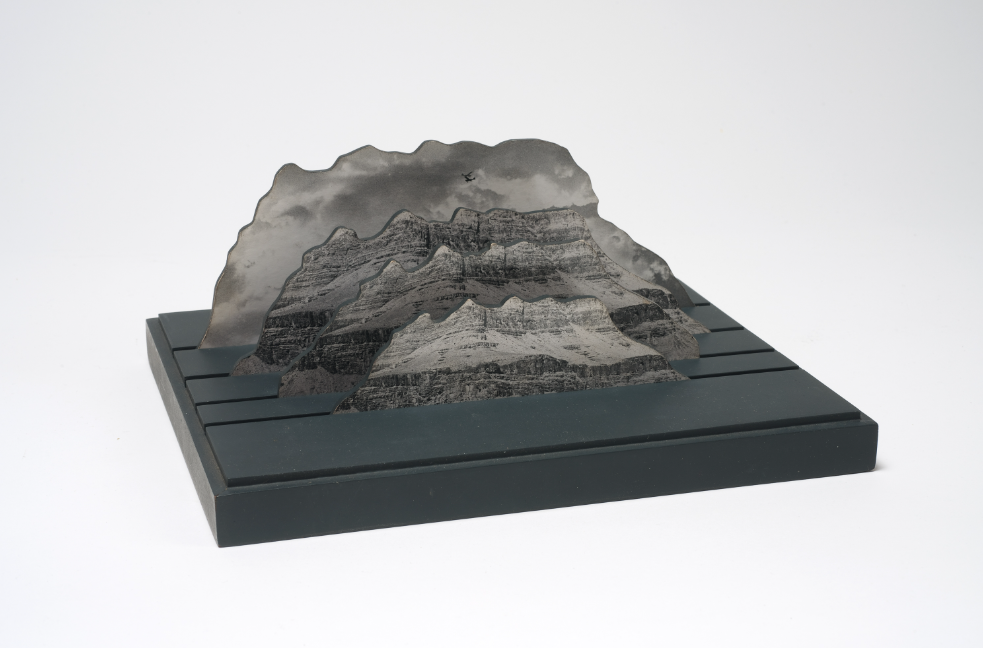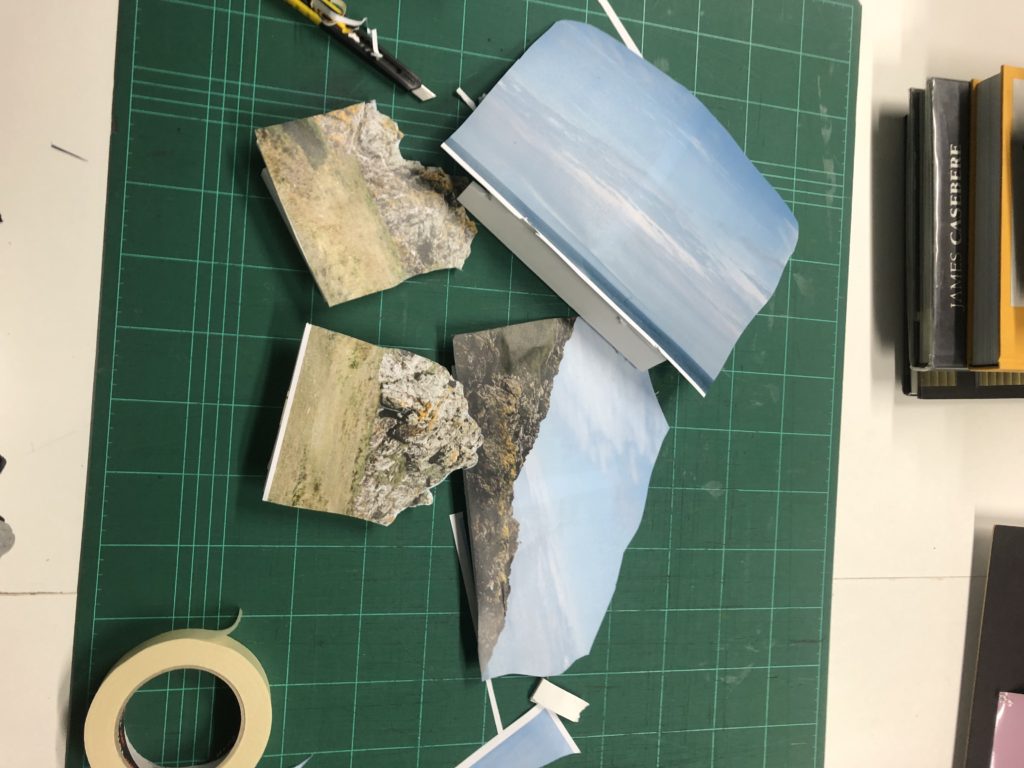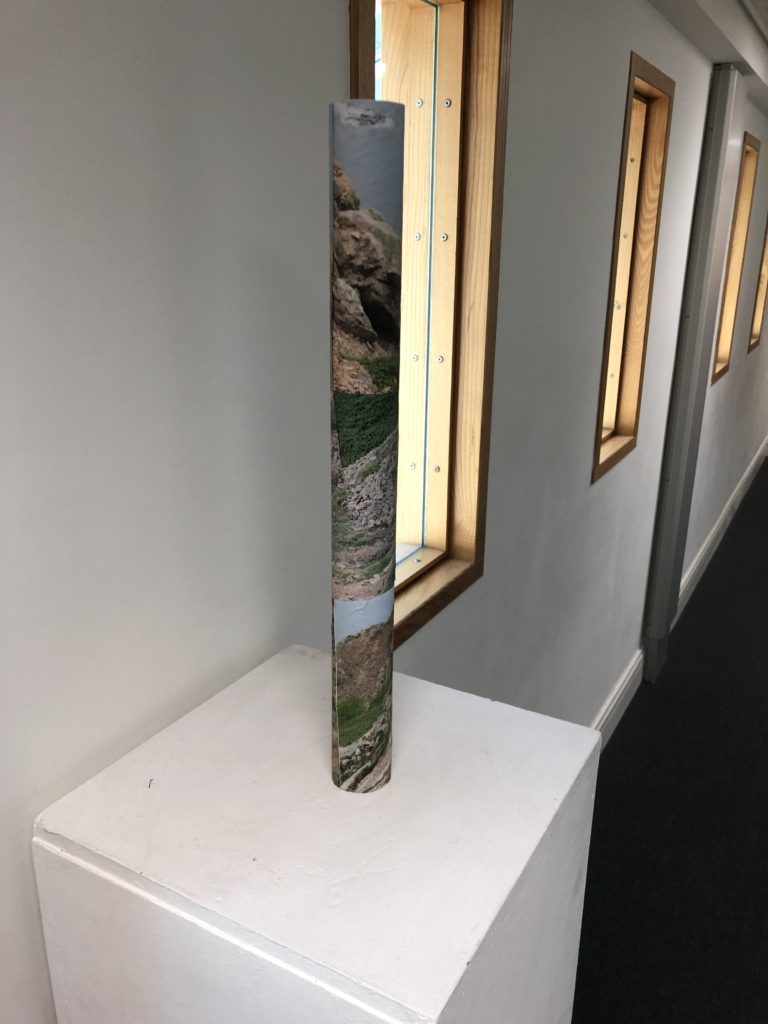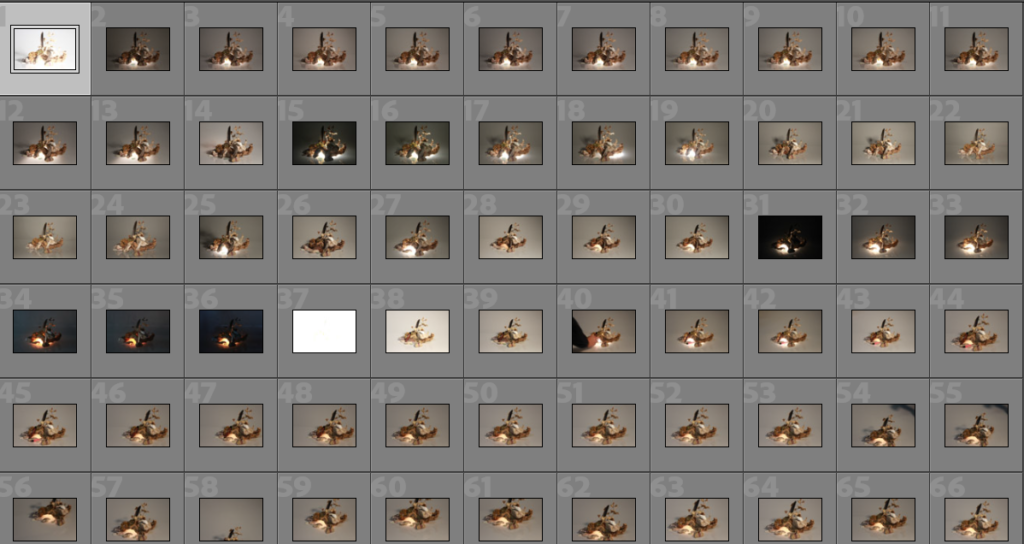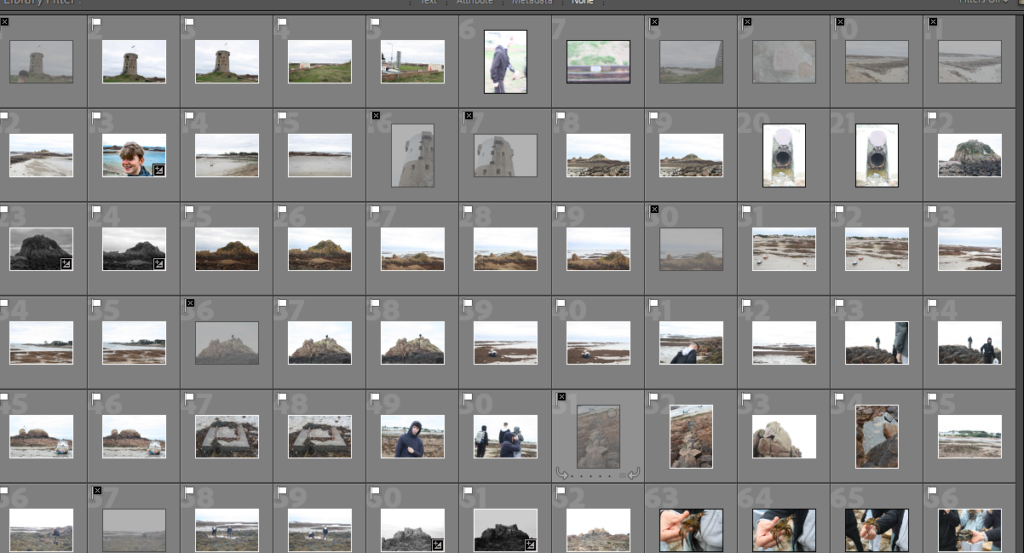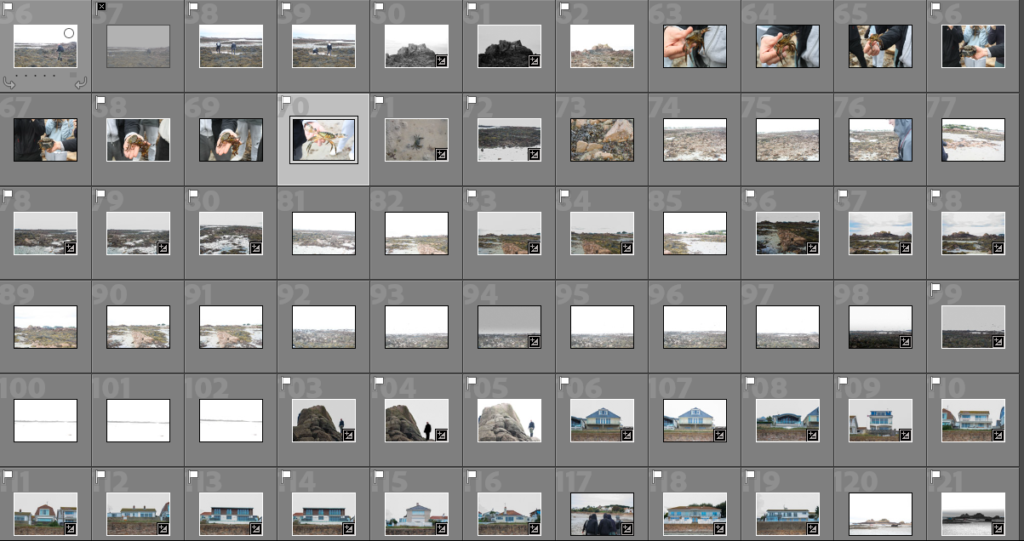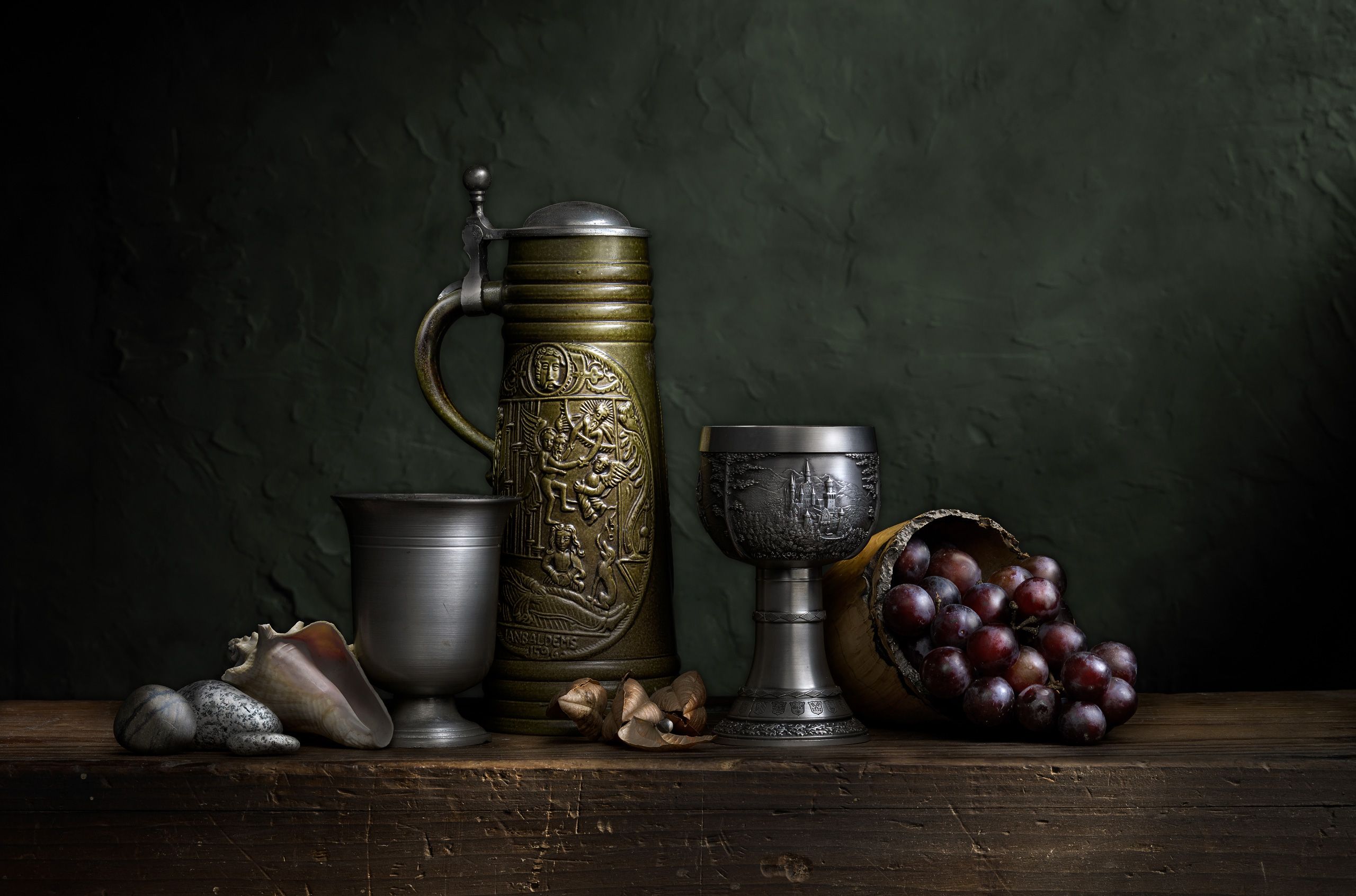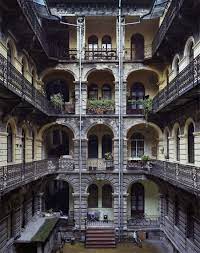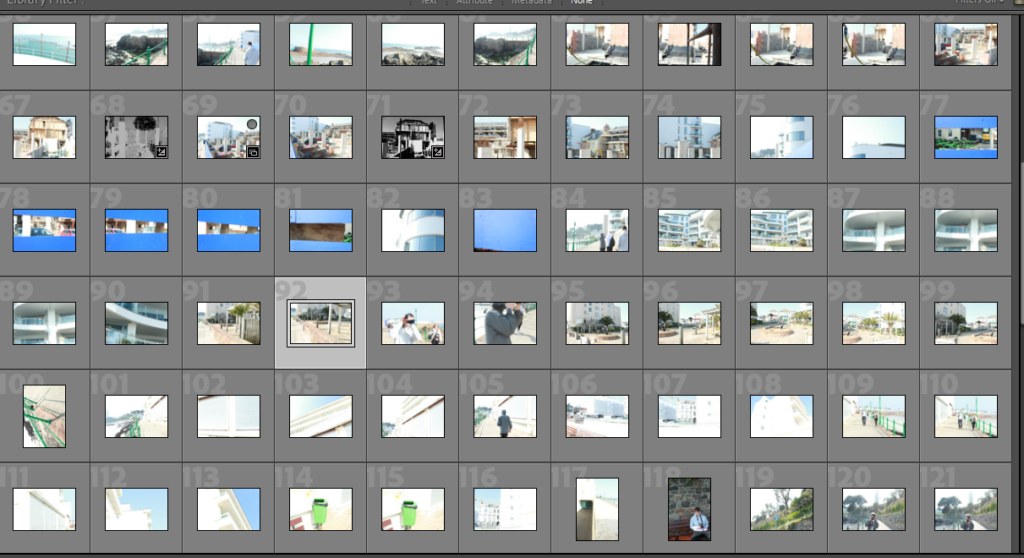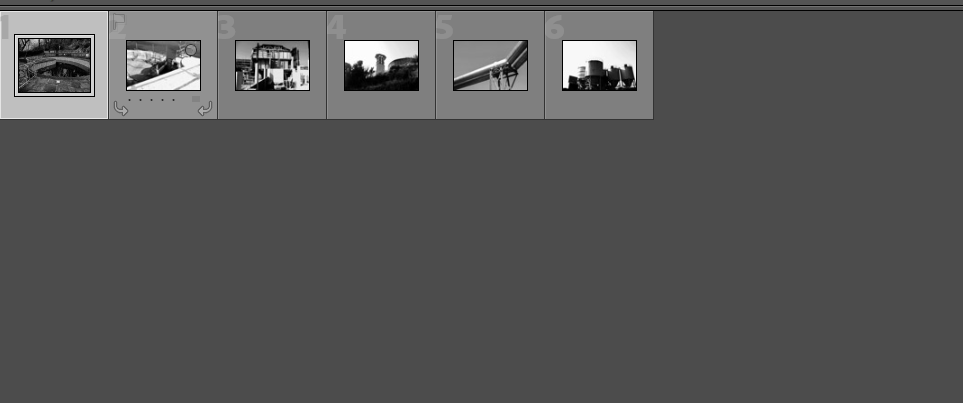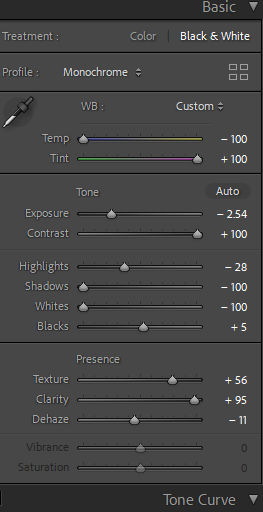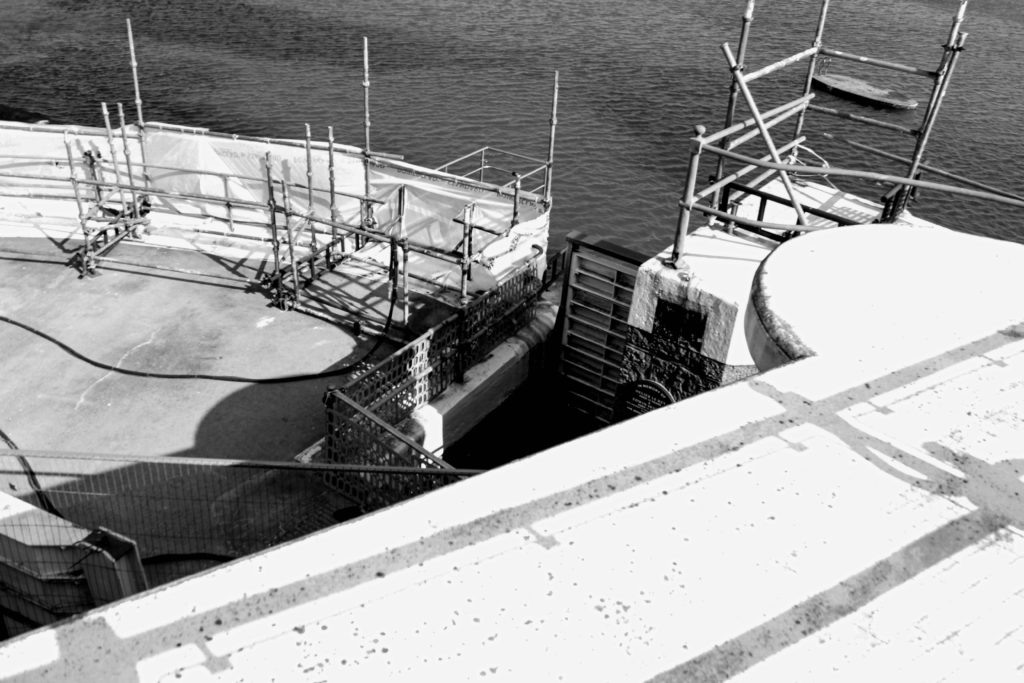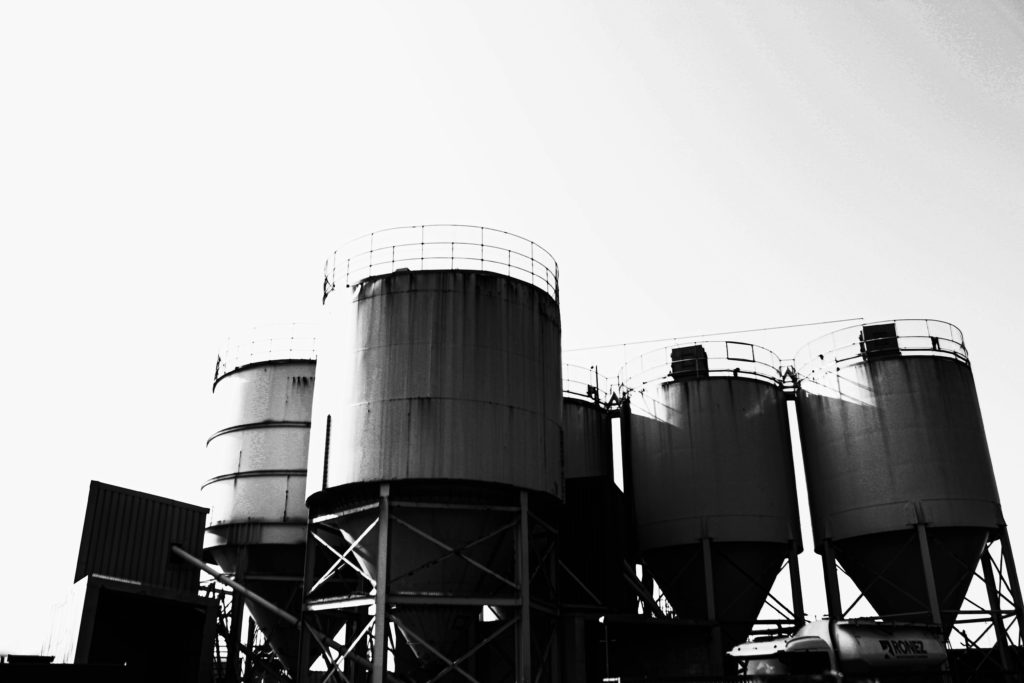To begin creating this photo-zine I needed to take a range of images from one location. I used images from my La Hocq photo shoot to try and keep a similar theme throughout the whole zine. After editing all my images I then needed to decide which images to use in my photo-zine. i wanted all my images to try and capture the beauty of le hocq
image selection
The images below are all the images contained throughout my 16 page photo-zine.
photo zine creation
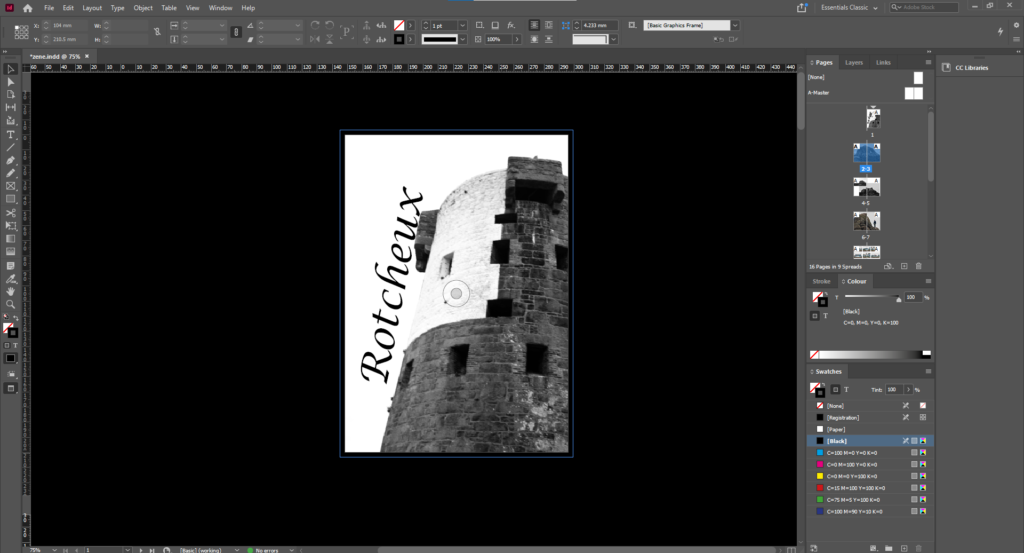
for my front page i wanted to represent le hocqs tower with a strong contrast to the sky

for pages 2-3 i wanted to use a strong image as a double page spread

for pages 4-5 i then wanted to create an overlap of similar images the to the first double page spread
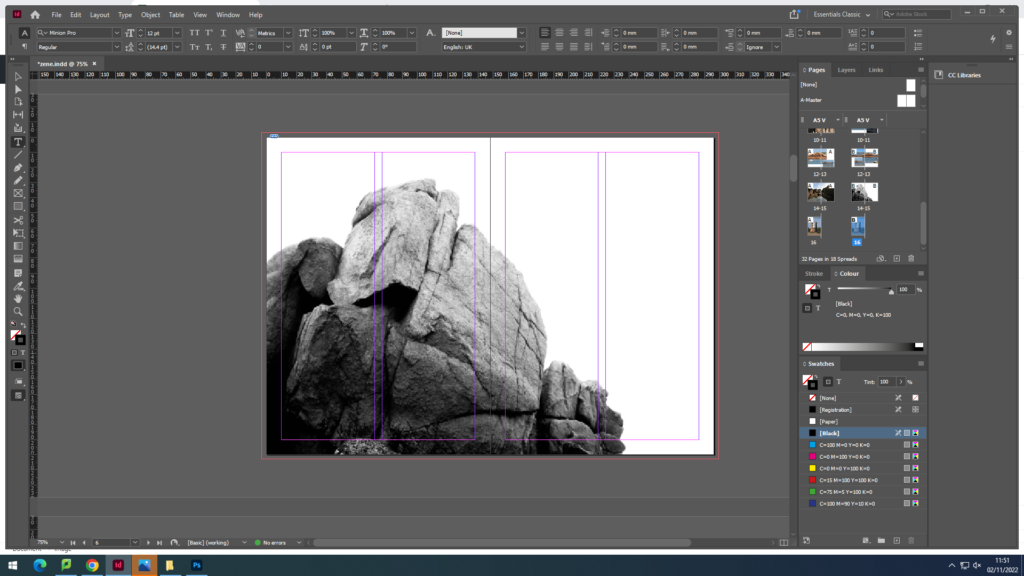
for pages 6-7 i wanted to keep to the black and white and used this image focusing on the rock with a strong contrast to the sky

for pages 8-9 i wanted to represent the homes of the locals to le hocq in a 9 picture grid and switching the colour scheme

pages 10-11 i used 2 different coloured images contrasting each other showing the boats

for pages 12-13 i used a double page spread focusing on the rock peak
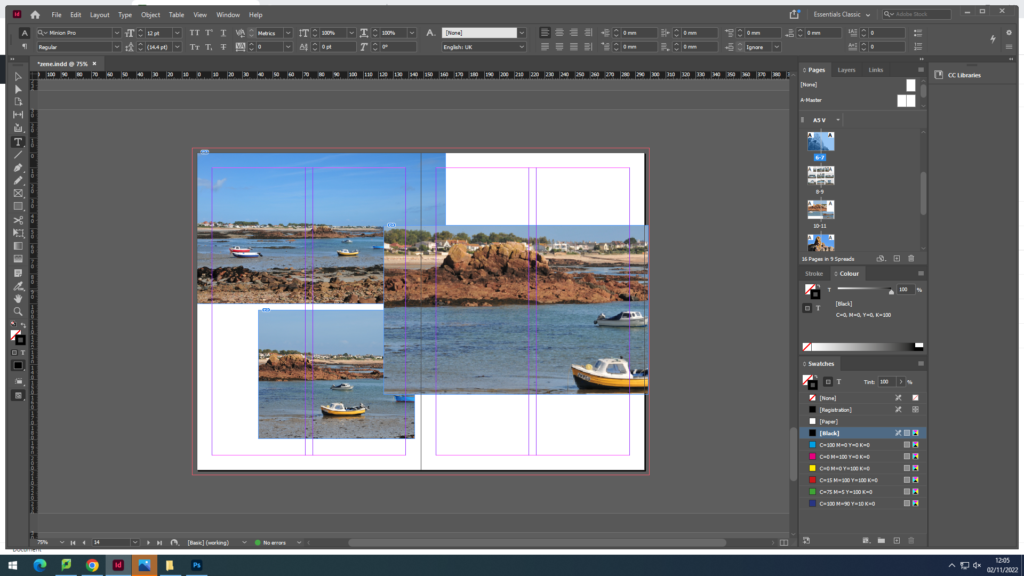
pages 14-15 i used 3 more images of boats in a juxtaposition layout showing the white spaces

for the back cover i used another image of le hocq tower linking back to the front page
FINAL PHOTO ZINE

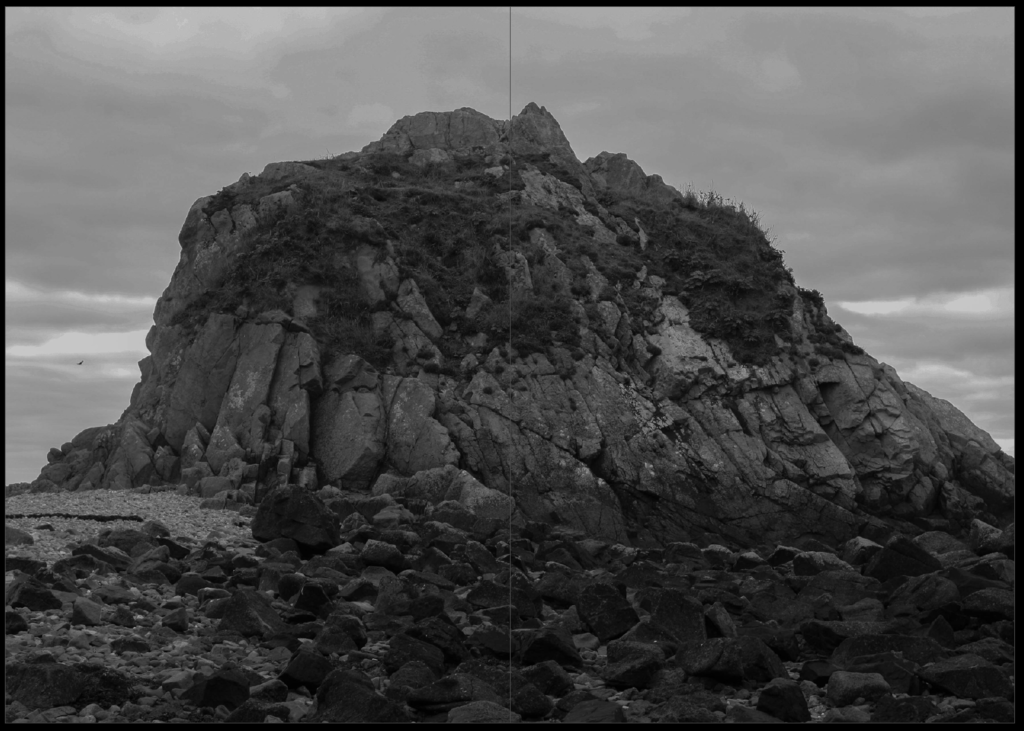


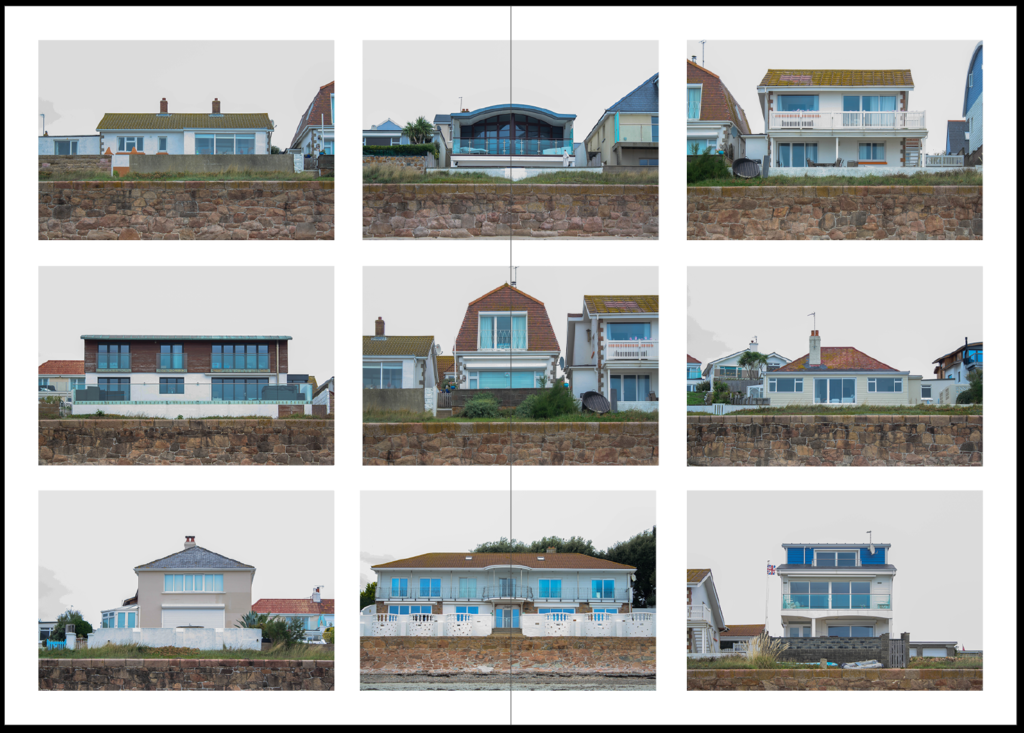
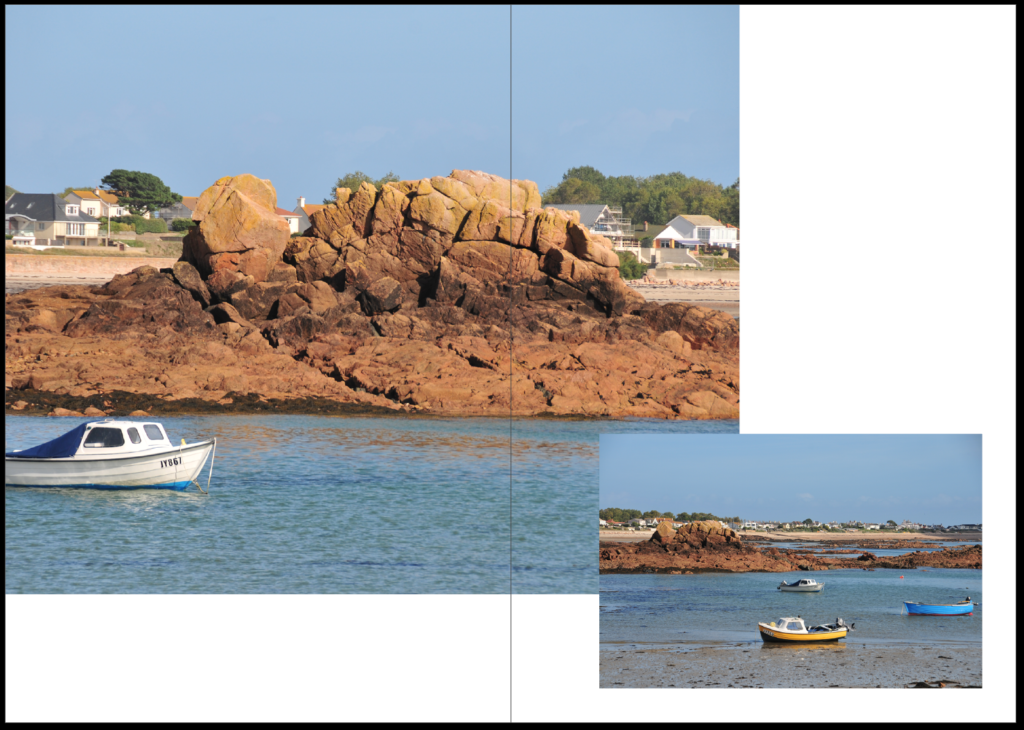
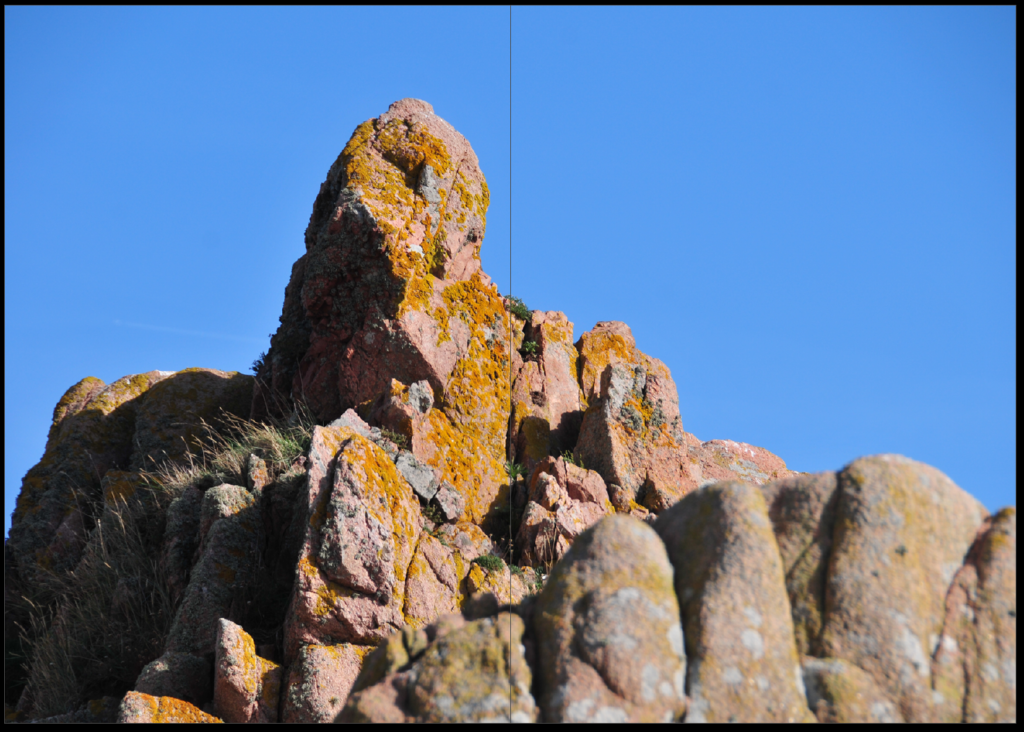

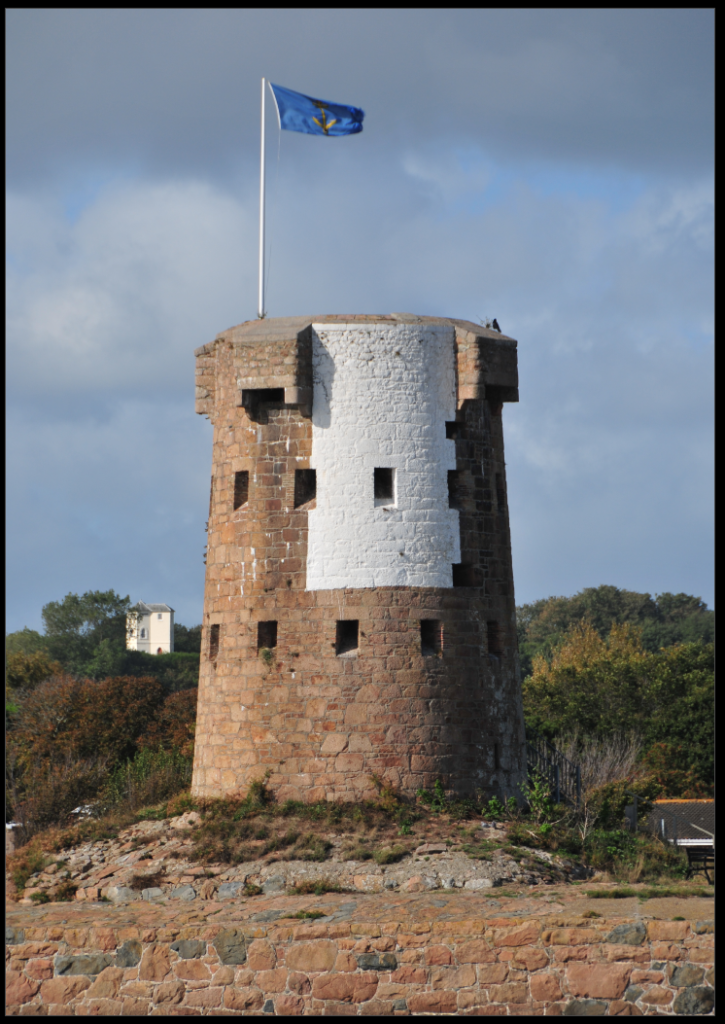
EVALUATION
Overall, I am very happy with how my final zine turned out. I kept a similar theme throughout the pages of the zine with every picture inside being representing le hocq. The name of my zine, Rotcheux, which is Jèrriais for rocky which i tried implementing in the way that all the images included were taken. I really like the layout of the images with some pages having a white space to create more contrast. I used juxtaposition on some pages to change up the style and layout.

